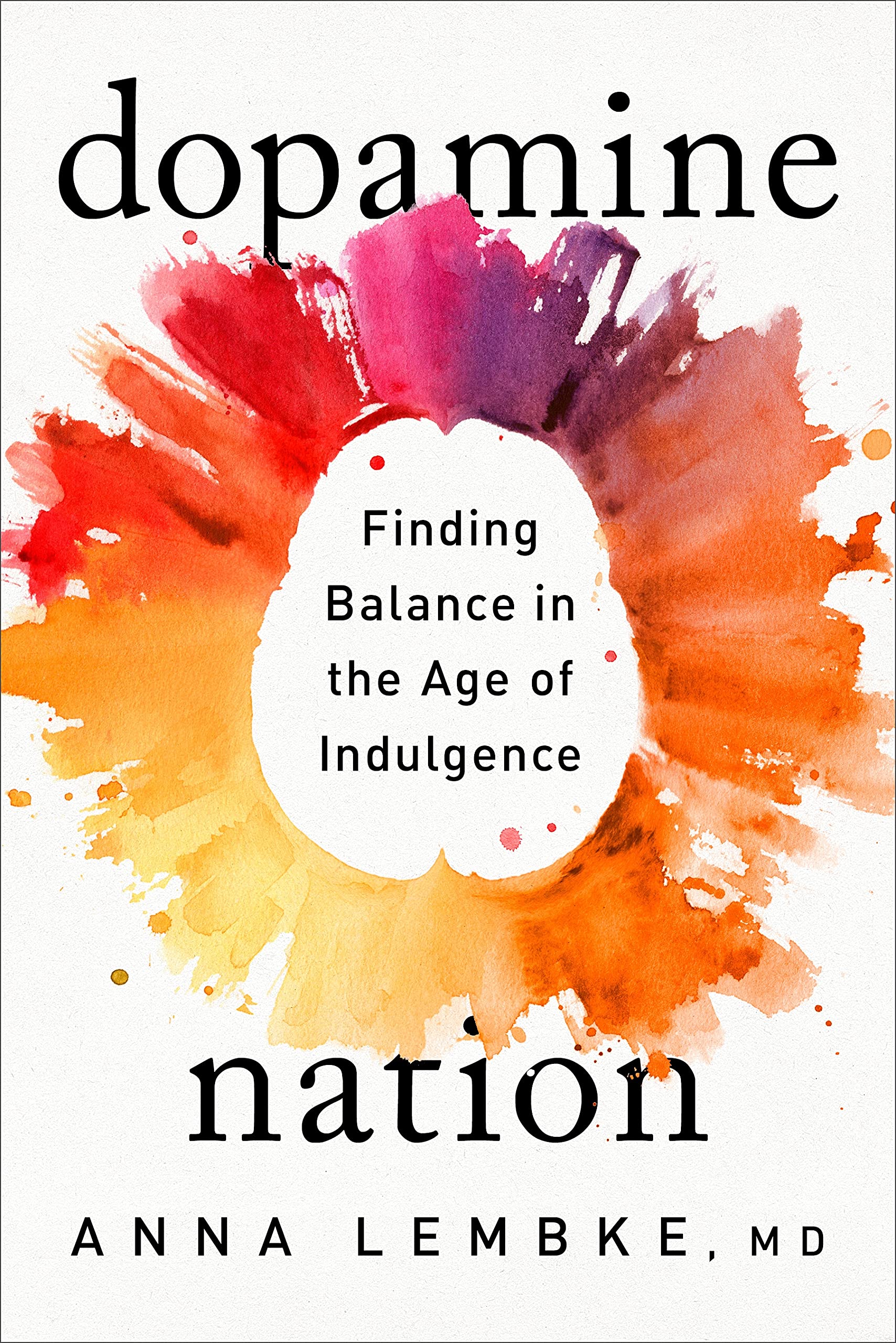
Dr. Anna Lembke’s Dopamine Nation: Finding Balance in the Age of Indulgence attempts to dissect one of the defining struggles of modern life: our endless pursuit of pleasure in a world overflowing with temptation. From the instant gratification of social media to the numbing comfort of substances, food, and digital distractions, Lembke argues that we are all, to some degree, addicts in an age of excess. Her central premise is simple yet urgent: too much pleasure can lead to pain, and learning to strike a balance between the two is essential for our mental and emotional health.
The book opens with an arresting metaphor the smartphone as the modern-day hypodermic needle. In Lembke’s view, we are constantly “injecting” ourselves with digital dopamine, chasing small hits of satisfaction that slowly rewire our brains for compulsion. Through her work as a psychiatrist and addiction specialist at Stanford University, she presents stories of patients grappling with different forms of addiction. Whether it’s drugs, sex, food, gaming, or social media, the pattern is the same: the relentless pursuit of pleasure inevitably tips the brain’s balance toward pain and craving.
Lembke explains this using the “pleasure-pain balance,” a concept grounded in neuroscience. When we overload one side of the scale with pleasure, the brain compensates by adding pain molecules to restore equilibrium. The result is a crash that leaves us anxious, restless, and desperate for another dopamine hit. Her solution is what she calls “dopamine fasting” a period of abstaining from overstimulating activities so the brain can reset. According to Lembke, even short periods of discomfort, like cold showers or intense exercise, can help recalibrate our internal balance and increase our capacity for genuine happiness.
While these ideas are intriguing, not all readers are convinced. Some critics feel that Dopamine Nation oversimplifies the complexity of addiction. One reader noted that nearly half the book feels like an extended lecture on dopamine rather than a nuanced exploration of why people fall into compulsive behaviors. Others have pointed out that the author’s view of addiction is overly individualistic, largely ignoring systemic and social factors such as poverty, trauma, and inequality.
Another common criticism is the tone of moral judgment that creeps into her writing. Lembke often portrays her patients’ struggles in ways that feel clinical and detached, and at times, uncomfortably moralizing. Her reaction to patients’ sexual behaviors, her dismissal of antidepressant use, and her casual references to prayer as therapy have raised eyebrows among readers who expect more empathy and evidence-based practice from a medical professional. Some have gone as far as saying the book needs far more citations and scientific grounding to support its sweeping claims.
Despite its flaws, Dopamine Nation does manage to shine a light on an essential truth of modern life: we are overstimulated and underfulfilled. The book succeeds when it prompts self-reflection, encouraging readers to confront their own compulsions and understand how modern culture has hijacked our natural reward systems. For readers new to the science of addiction or those looking to reduce their own digital or behavioral dependencies, Lembke’s framework provides a simple starting point.
Ultimately, Dopamine Nation is both enlightening and frustrating. It presents valuable insights into the neuroscience of pleasure but often stumbles when trying to connect science with lived experience. It will likely resonate most with readers who enjoy pop psychology and are curious about the biological mechanisms of addiction, even if they crave a deeper, more compassionate approach to human behavior.
If you’re curious to explore the balance between pleasure and pain in your own life, you can find Dopamine Nation on Amazon here: Buy the book.


